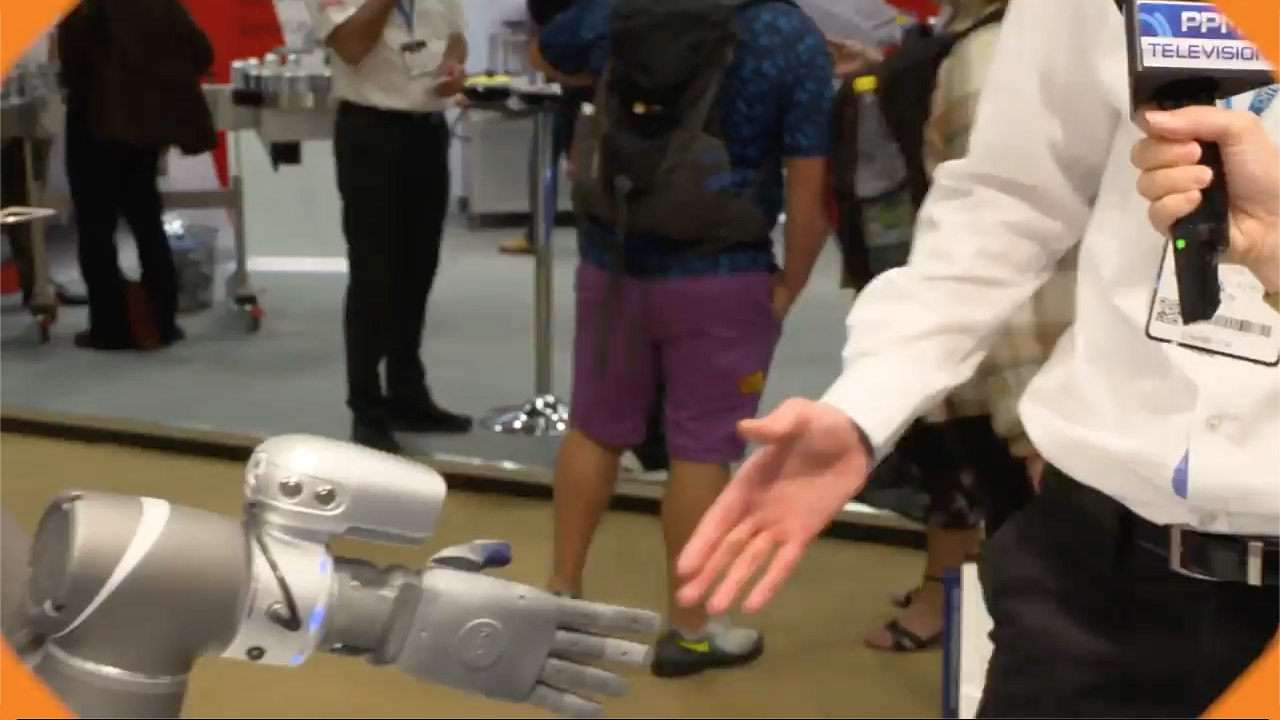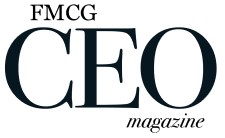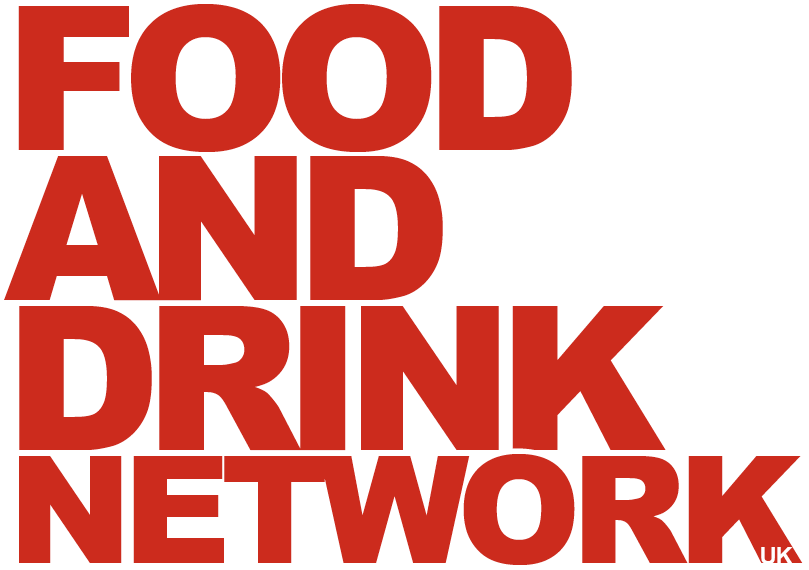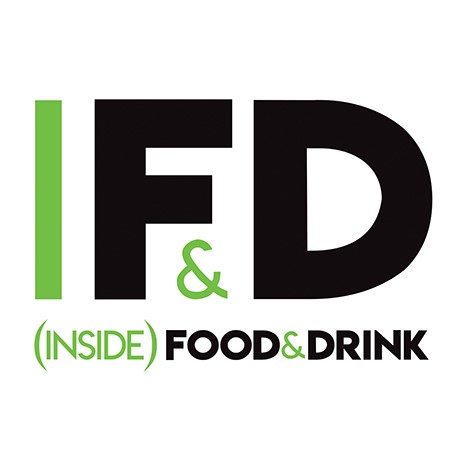Vacuum Packing Machines
Vacuum packing machines, or vacuum sealer machines, operate by pumping oxygen from a bag, pouch, canister or other receptacle which contains food or other products. The removal of oxygen and creation of a vacuum inhibits the growth of bacteria and mould on foods, and prevents evaporation for moist and liquid products. The technology originated with German inventor Karl Busch in the 1950s and has become an essential part of food packaging and is also used in other industries.
Food vacuum sealers are among the many types of vacuum packing equipment supplied by Automate UK members. Visitors to the annual PPMA Show have the opportunity to see live demonstrations of vacuum packing, and to discuss machinery which has a critical role in the food sector, as well as other sectors such as pharmaceuticals, automotive and electricals.
Looking for labelling machinery to complement your packaging? You can find more information and PPMA Show exhibitors from the labelling machinery sector here.
What are vacuum packing machines used for?
Vacuum packing significantly extends the shelf life of food products which degrade far more slowly in an oxygen-free pack. The food industry is the principal user of vacuum packing, and an extensive range of food products are vacuum packed.
Vacuum packing is also widely used in the pharmaceutical sector for products which need to be protected from oxygen, moisture and other contaminants, as well as for pharmaceutical equipment which must be kept in a sterile environment. Chemicals are also vacuum-packed for similar reasons, as well as electronic components which need to be kept dry.
What are the types of vacuum packaging machinery?
There are two basic types of vacuum packers – chamber machines and external pump machines. Both types of machine create vacuums by means of pumps, and include a means of sealing bags, pouches and other types of container.
Chamber vacuum packing machines
Chamber machines are designed around an integral vacuum chamber. The product is placed inside a bag, pouch or other container, which is then placed inside the chamber. Air is pumped out of the entire chamber to create a vacuum, and the container is made airtight, usually by means of a strip which is sealed under the heat and pressure of a sealing bar.
Table top chamber vacuum packing machines are a compact chamber machine suitable for smaller throughputs.
Single chamber vacuum packing machines feature a single chamber in which the vacuum is created. Depending on the size of the chamber, and the capabilities of the sealing equipment, multiple packs can be handled at the same time.
Double chamber vacuum packing machines have two chambers for increased throughput and speed of packing.
Chamber belt vacuum packing machines feed containers by a conveyor belt into the vacuum chamber in an automatic or semi-automatic process. The conveyor system can also be configured to allow placement of product in the container prior to entry into the vacuum chamber.
Form fill seal machines are a version of vacuum packing machines which operate in a continuous automated process. The machines form bags or pouches from sheets of film, place product into the bag, then seal them in a vacuum chamber. The sealed packs are then fed into the next process for placement in outer packaging, also known as secondary packaging, such as cartons, larger bags or trays.
External vacuum packing machines
External vacuum machines do not feature an integral vacuum chamber. Instead, air is removed from containers held on the outside of the machine. The open end of each container is connected to a pump which creates a vacuum. The pack is usually held under a lid with a shaped cavity, and is heat-sealed by a bar sealer.
How are vacuum packing machines used?
Vacuum packing machines are used in many different contexts. Simple, low-cost machines are used in domestic kitchens to pack foods of various kinds, and for fashionable sous-vide cookery where vacuum-packed uncooked food is gently heated in a water bath. For similar purposes, smaller machines are also to be found in restaurants, delicatessens and other catering and retail establishments.
In food businesses with a larger throughput, machines with programmable single or double chambers with two or more sealers are used, aided by powerful pumps for faster operation. Chamber machines for commercial use create a higher level of suction and create a stronger vacuum than external vacuum packers, so they are the always the better choice for products which require a more complete vacuum.
The larger the chamber, the larger the product that can be sealed, and larger equipment can be used to vacuum seal multiple products at the same time. Vacuum machines with the fastest throughput are chamber belt machines which feed bags and pouches into the vacuum chamber by conveyor in a continuous automatic or semi-automatic operating cycle.
What do food vacuum sealers pack?
Many types of food product can be vacuum sealed as long as it is appropriate to pack them in a flexible pouch which can form a close-fitting, air tight barrier around the product. Food is the principal sector for vacuum filling machines, for products including:
- fresh and cooked meat
- charcuterie
- fresh and cooked seafood
- cheese
- rice and grains
- dried pasta
- dried fruits
- chocolate
- dry snack foods
- herbs and spices
Vacuum-packing can be used for vegetables, as long as they are blanched to prevent discolouration and the development of off-flavours. Fresh citrus fruits can be vacuum-packed if peeled, while fruits such as apples and stone fruits should be sliced and cored before packing. In all cases the food must be thoroughly washed and dried.
A great advantage of vacuum-packing is that in most cases the packs can be safely frozen, which is why supermarket freezer sections feature so much vacuum-packed food.
Vacuum pack machines and hygiene
Vacuum pack machines for food need to be kept hygienically clean to ensure that the food being packed is safe to eat. Commercial food businesses are critically aware of the standards that must be maintained, and most machines are designed to be cleaned with ease by making all parts in contact with food easily accessible. Easy to clean materials such as stainless steel and wipeable plastics are commonplace in food packing machines, just as they are in other food machinery.
Vacuum packing machines from AUTOMATE UK members
The annual PPMA Show features the latest developments in vacuum packaging for the food industry and other sectors. The Show is an essential event for business owners, directors and managers involved in making decisions about investment in machinery. Stay in touch to make sure you receive full details of exhibitors and the machinery they supply.
Find Vacuum Packing Machine Suppliers
See a full list of Automate UK Member companies that supply a comprehensive range of vacuum packing machinery.
Machinery Spotlight
Take a look at the processing and packaging machinery in thePPMA Show's Machinery Spotlight, with a variety of different machinery.
REGISTER TO VISIT THE PPMA SHOW 2023
Vacuum packing machinery FAQs
Is vacuum packing the only way of extending shelf life for food?
No, vacuum packing is not the only way of extending shelf life for food. Significant use is made throughout the food industry of additives and preservatives involved in many processed foods. There is, however, an increasing consumer trend of avoiding additives, and the trend is likely to increase, particularly in more affluent markets.
Another essential way of extending shelf life is the use of modified atmosphere packaging (MAP). MAP involves transporting packed fresh produce in inert nitrogen rather than in untreated atmospheres which are rich in oxygen and which degrades fresh produce.
Very familiar techniques include canning and freezing, both of which preserve foods for a long period. Going further back in history, curing, pickling and smoking were in use for centuries.
How do commercial vacuum sealers work?
For businesses which vacuum pack more than a few dozen packs a day, a chamber vacuum packer is almost always required. For operations with a throughput of several hundred packs a day, a twin chamber belt machine can be the most cost effective and efficient type of machine to use, with a high level of automation and preset controls. Commercial machines can feature:
- automated feeds of packs and products by conveyor into the vacuum chamber
- high pressure pumps for fast creation of vacuums
- automated sealing
- movement by conveyor onto end of line secondary packing
- onward transport for palletisation
For further levels of automation and high throughputs, turnkey FFS machines work by creating the bag or pouch at the beginning of the packing line, before adding trays or other holders, placing products, conveying the open pack into the vacuum chamber then sealing and putting into secondary packaging which can also be created inline through units such as carton erectors.
How effective is vacuum packing?
Broadly speaking, vacuum packing can extend the shelf life of food products by three to five times the length of time products will stay in good condition in standard plastic packaging. As a more specific example, vacuum-packed cheeses will last between four to eight months in a refrigerator, as opposed to one to two weeks in standard packaging. Meat in standard packaging will last for approximately six months in a freezer, but frozen vacuum-packed meat will be good for two to three years.
What is the difference between a vacuum sealer and a chamber sealer?
Chamber sealers can be described as a vacuum sealer because they work by creating a vacuum in the single or twin chamber within the machine. External vacuum sealers do not feature a chamber – the vacuum is created on a lidded surface on top of the machine, with the open end of the bag or other container connected to the vacuum pump via a system of clips or a pressure bar.















































